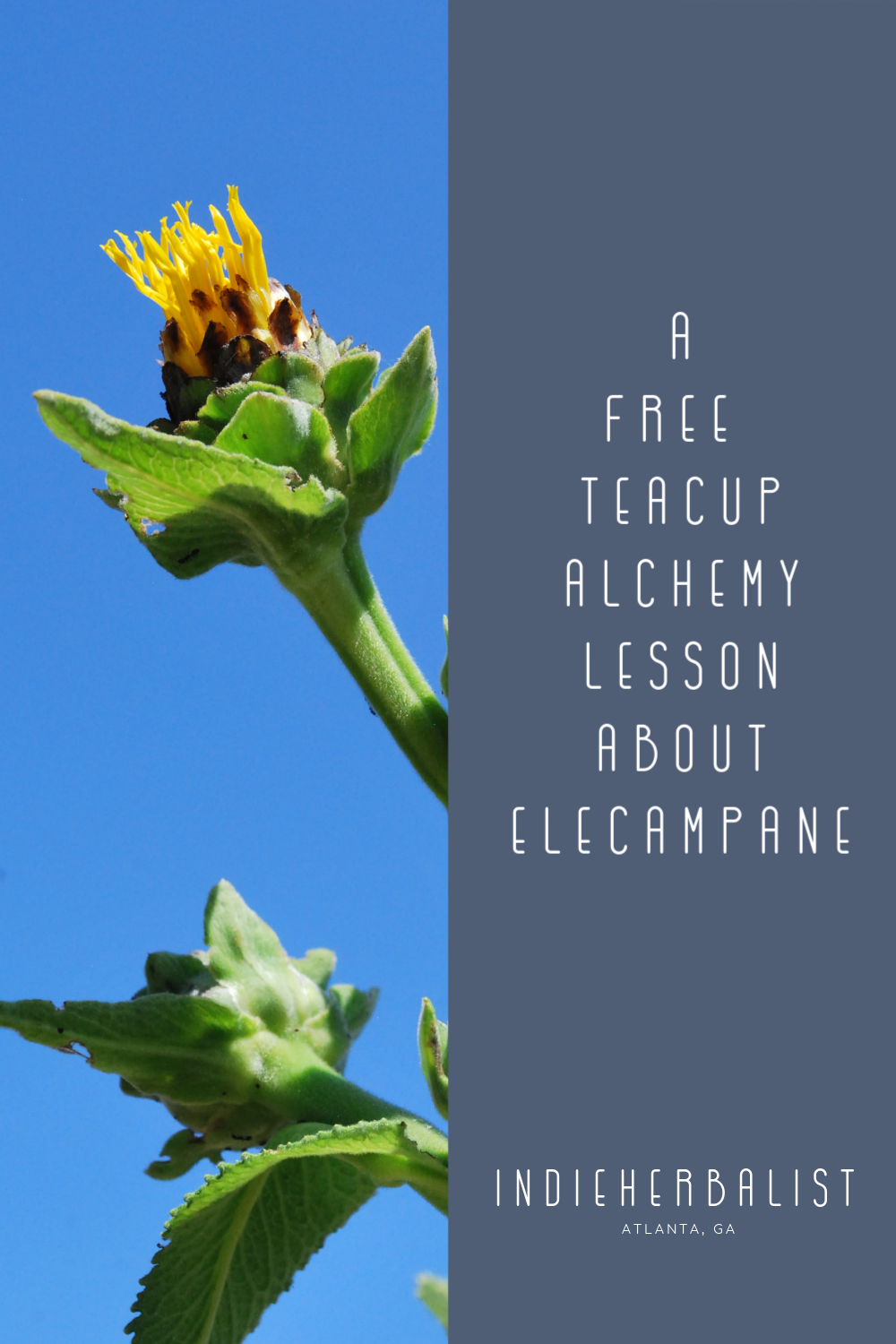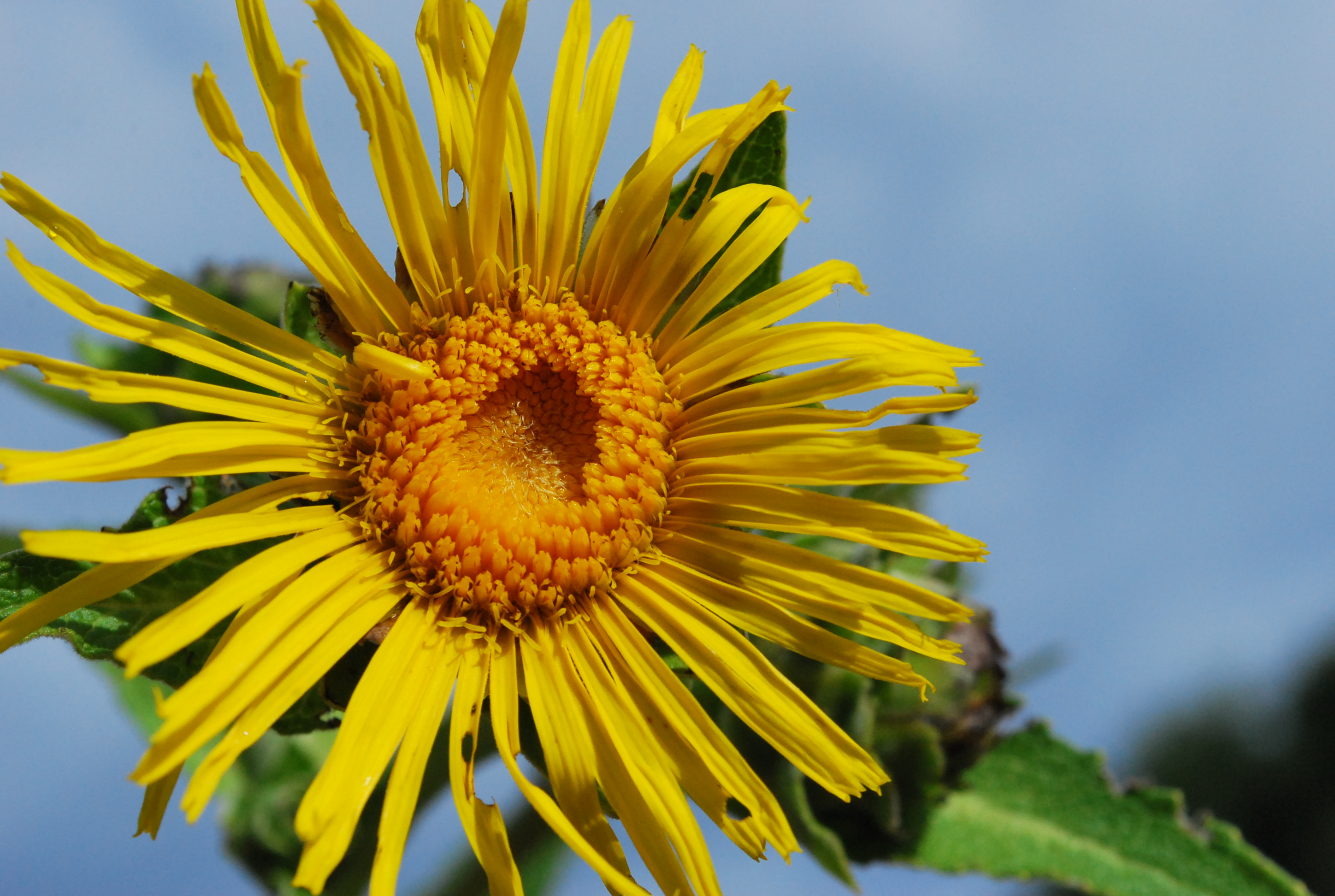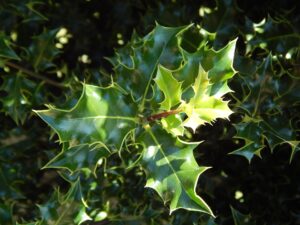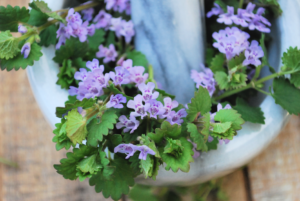Links contained in this post and elsewhere on my website may include affiliate links. When you make a purchase through these links, I earn a commission at no additional cost to you. I only link to products and services that I love - and that I think you will love, too!
I hope you enjoy this excerpt from my new elecampane herb ebook. I give you a little taste in this post, but the full lesson is available for free on the Teacup Alchemy blog. The full guide contains in-depth lessons on elecampane from a historical perspective, its uses in modern herbalism, and how it’s used by home herbalists. It also includes recipes like Aniseed and Orange Hedgerow Bitters and this elecampane elixir.
The book is designed to highlight how home herbalists can use elecampane herb. Read the full lesson on the Teacup Alchemy blog.
An introduction to elecampane herb
Welcome to Elecampane, a Teacup Alchemy Guide! In this chapter, you will learn about the garden habits, close relatives, and origins of elecampane. This will give you more context about this herb before we explore how to use it. Knowing an herb’s common names and scientific names can also be helpful, so let’s start there.
As you might already know, an herb can have many common names, but has only one scientific name. Common names are a bit like nicknames and usually refer to ways an herb can be used or its appearance. They can be shared by more than one plant and are often used in folk herbalism.
The scientific name, however, is a two-part name based on pseudo-Latin. It helps botanists and other scientists indicate the specific plant they are talking about. The scientific name for elecampane is Inula helenium. Other common names for elecampane include:
- elfdock
- velvet dock
- horseheal
- scabwort
Elecampane’s common names refer to some of its past uses and lore surrounding the plant. For instance, horseheal references its use in traditional veterinary herbalism, and scabwort refers to its use as a wash to promote the healing of wounds. But none of those names tell us much about what elecampane looks like.
Elecampane’s physical appearance
In the same family as sunflowers, the Asteraceae family, elecampane shares bright yellow flowers, generous leaves, and height with its sunflower cousins. This herb really has presence! Large leaves and strong, tall stems make elecampane hard to miss, especially when the plant displays its cheery yellow blooms. The flower stalk for elecampane can be quite tall, but usually ranges between three and six feet.
Starting at the base of the stem, elecampane has ovate-eliptic basal leaves next to the ground. Further up along the stem, the leaves become ovate-lanceolate. This means that leaves below tend to be more egg-shaped and leaves further up tend to be longer and more “lance-like”. Both types of leaves have what botanists call “toothed” edges, meaning they are a little jagged.
Overall, the leaves of this herb are very coarse and a bit hairy, especially on the underside. The top side of the leaves tend to be green or grey-green, and underneath they have a silver color.
When an elecampane plant produces flowers, it produces a bright yellow head made up of many very small flowers. These heads, or inflorescences, are 2-3 inches across. The flowers are very reminiscent of sunflowers. There’s a bright yellow center made of small, tubular flowers called disc flowers which are surrounded by the familiar sunflower petals- known as ray flowers.
Elecampane shares many similarities in appearance with other members of its family tree. . . .
Visit the Teacup Alchemy blog to read the full lesson!
You’ll discover more about elecampane’s family tree, growing elecampane, harvesting tips, and estimated yields.
All the best,
Agatha




